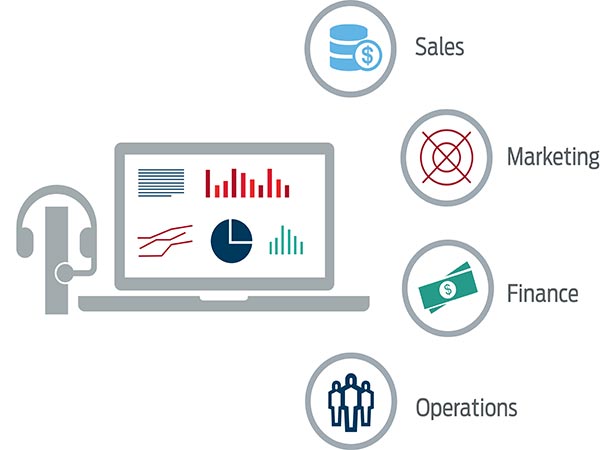3 Ways Integrated Analytics Can Solve Your Data Nightmare

When it comes to making operations more efficient, most executives know they need to leverage data to identify areas of improvement. Data collection and storage is manageable, but executives can easily find themselves with a mountain of information and more questions than answers. How do you move from the collection phase to extracting insights and driving real value for the company?
One option is to hire a team of highly trained data scientists to dig through the data. While this may net good results, it is also quite costly and may not be very realistic for smaller businesses. The other option is to partner with a technology provider that has both the man and technical power to perform integrated data analysis and derive insights for you, the way Calabrio does for our customers.
If you’re in the midst of data deluge, here’s how integrated analytics can help:
- Data Mart:
The more channels from which you collect customer data, the longer it takes to aggregate the data and view it as a whole. One advantage of using integrated analytics to see the big picture is the concept of the data mart. Dubbed the “inflatable kitchen” by our analytics team, Calabrio’s data mart technology is ready to go, right out of the box. In about two weeks, organisations are able to integrate data from all of their systems and begin gleaning insights.This is a stark contrast to the months it would take to find and train the right team of people or overlay separate pieces of bulky analytics software. Instead the rapid instalation of the data mart means fewer missed opportunities to start making sense of that mountain of data.
- Data Visualisation:
With integrated analytics, executives across the organisation – from customer relations to HR – can access information about people and products in unprecedented ways. Let’s take for example a contact centre manager that is curious about a particular agent’s performance. In a normal situation the manager would have to submit an IT request, wait for a custom query to be built and then wait again for the information to come back.With integrated analytics, they can simply type the agent’s number and see everything from how many calls that person has taken in the last hour to what kinds of resources are open on his or her desktop during calls.
- Predictive Intelligence:
Another major advantage of capturing and processing all of an organisation’s data in one place is the ability to start identifying important patterns. Whether it’s recognising certain words that come from unhappy customers, or call lengths that result in high agent performance, integrated data can be used to predict answers to any number of business questions.Best of all, the more data an organisation can collect and analyse over time, the more they can predict outcomes and take preemptive action to get ahead of negative results before they occur.
Learn more about how to make your customer data work for you.









